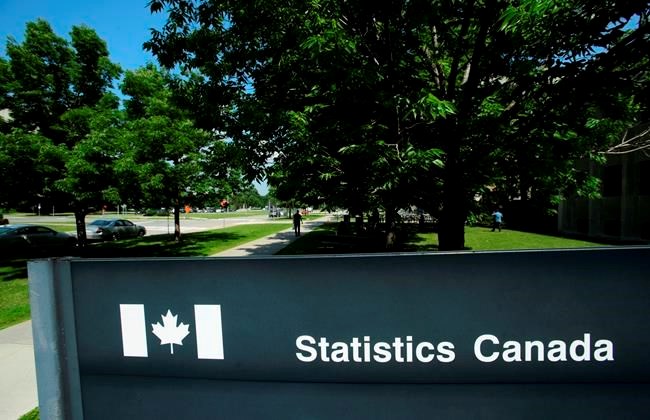OTTAWA — Canadians living well below the low-income threshold had fallen further behind in the years prior to COVID-19, based on updated poverty figures that experts say might get worse because of the pandemic.
The figures from Statistics Canada show the average "poverty gap," which measures how far people on average fall below the official poverty line, grew from 31.8 per cent in 2015 to 33.4 per cent in 2018.
Though during the same period, the percentage of people living the furthest beneath the poverty line, defined as earning 75 per cent below the marker, declined from 7.4 per cent to 5.4 per cent.
The figures are different from those released earlier this year, after Statistics Canada updated how it calculated the poverty threshold.
The measure calculates the minimum a person or family would have to earn to afford a basket of goods and services needed to reach a modest or basic living standard. Until recently, it did not include the cost of wireless services.
The agency says its recalculated figures suggest fewer people in Canada are living on low incomes, but those still in poverty have not seen their situations improve.
Experts say the pandemic could widen the poverty gap this year, and that overall poverty rates are also rising, despite a massive influx of government benefits meant to replace earnings for those whose incomes disappeared from lost jobs, hours or business.
Federal spending on the Canada Emergency Response Benefit has topped $72.5 billion since April, and $33.7 billion through a wage subsidy program to eligible businesses.
The Bank of Canada said Wednesday as part of a scheduled rate announcement that the fiscal measures had helped with a faster-than-expected bounce-back in activity in the third quarter. It also warned of indicators that point to a slow and choppy recovery.
That includes an uneven rebound in employment, and subdued business confidence, hinting at what bank governor Tiff Macklem might say Thursday in a speech focused on the uneven effects the pandemic has had on people and sectors.
Garima Talwar Kapoor, director of policy and research at the charitable foundation Maytree, said the federal measures focused on preventing people who had some labour market attachment from falling into poverty.
"Where our measures have fallen short has been in focusing on people who live in poverty, whether they've had labour attachment or not," she said.
She also noted how the experience of poverty during the pandemic may change, with noted increases in the number of people using food banks because they have a hard time paying for food or rent — known as food or housing insecurity.
Poverty rates are likely to go up this year as a result of COVID-19, which has caused a historic drop in Canada's labour market that is still 1.1 million jobs short of pre-pandemic levels.
"There is no doubt the COVID-19 job losses will spike poverty rates," said David Macdonald, a senior economist at the Canadian Centre for Policy Alternatives, noting official numbers for this year won't be available until 2022.
"I think history will show that the CERB has been an important bulwark against a much worse impact on poverty rates in these unprecedented times."
The Trudeau Liberals expect some four million people to require help once the CERB winds down starting next month, with the majority moving to an expanded employment insurance program and the rest on a new recovery benefit.
"The upcoming CERB-to-EI switchover could further impact poverty rates as we close out 2020," Macdonald said. "If it goes well, families could be kept out of worsening poverty. If it doesn't, people will fall through the safety nets and into poverty."
This report by The Canadian Press was first published Sept. 9, 2020.
Jordan Press, The Canadian Press

